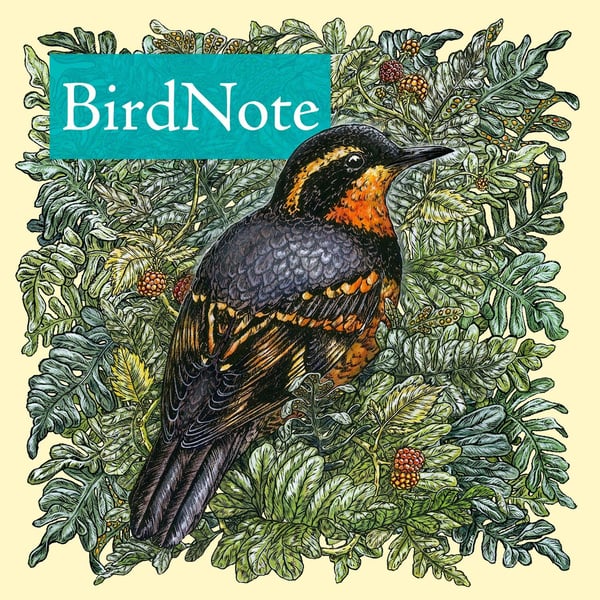Northern Shovelers — Dabbling Ducks with Big Bills
BirdNote Daily
BirdNote
4.6 • 1.2K Ratings
🗓️ 17 February 2025
⏱️ 2 minutes
🧾️ Download transcript
Summary
Transcript
Click on a timestamp to play from that location
| 0:00.0 | This is Bird Note. If you've ever seen the gargantuan bill of a northern shoveler, |
| 0:11.5 | you know exactly how this dabbling duck got its name. Both males and females bear the |
| 0:19.4 | unmistakable trowel-shaped bill, but they differ in plumage. |
| 0:24.0 | Females and non-breeding males are a modeled beige color. |
| 0:26.9 | But during the breeding season, male shovelers sport a bright white breast, reddish-brown flanks, |
| 0:33.5 | and an emerald green head that can rival any mallards. |
| 0:43.3 | Breeding pears mate for life. |
| 0:46.7 | In North America, they raised their young from Alaska to northern portions of the lower 48 |
| 0:48.7 | before flying to their wintering grounds |
| 0:50.9 | as far south as Hawaii, Central America, and the Caribbean. |
| 0:55.3 | When they take off, you may get a glimpse of the male sky-blue shoulder pads that are only |
| 1:00.7 | visible in flight. |
| 1:04.0 | Northern shovelers are social birds that often forage together in large flocks. |
| 1:09.2 | Look for them in shallow ponds where they swim in synchronized circles, |
| 1:13.6 | stirring up tasty invertebrates and crustaceans from the muck with their iconic spatula of a beak. |
| 1:20.7 | For bird note, I'm Ariana Rimmel. |
| 1:28.2 | This episode is dedicated to Bob Goodale, |
| 1:31.5 | whose lifelong love for birds and nature continues to inspire. |
Please login to see the full transcript.
Disclaimer: The podcast and artwork embedded on this page are from BirdNote, and are the property of its owner and not affiliated with or endorsed by Tapesearch.
Generated transcripts are the property of BirdNote and are distributed freely under the Fair Use doctrine. Transcripts generated by Tapesearch are not guaranteed to be accurate.
Copyright © Tapesearch 2025.

